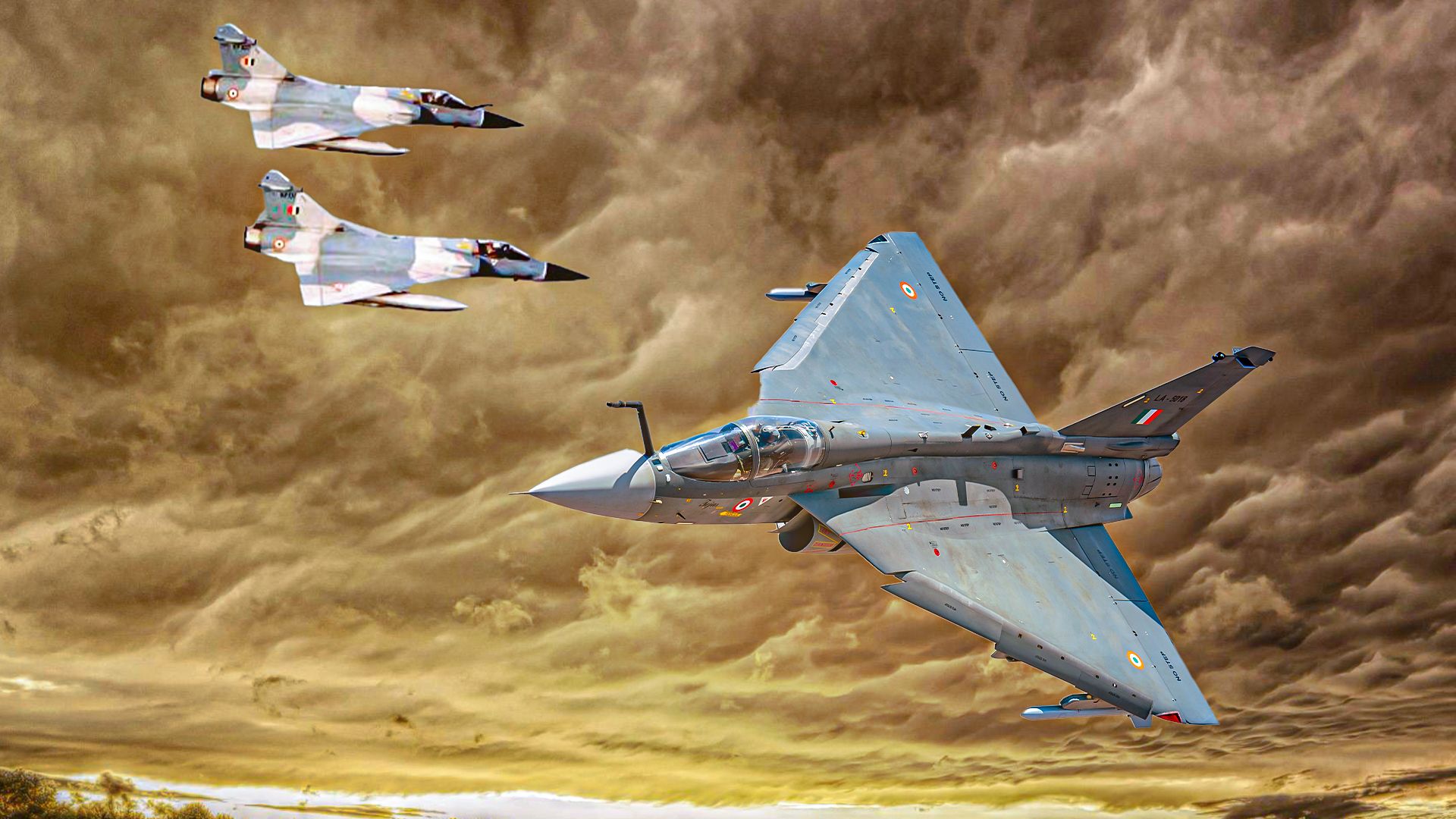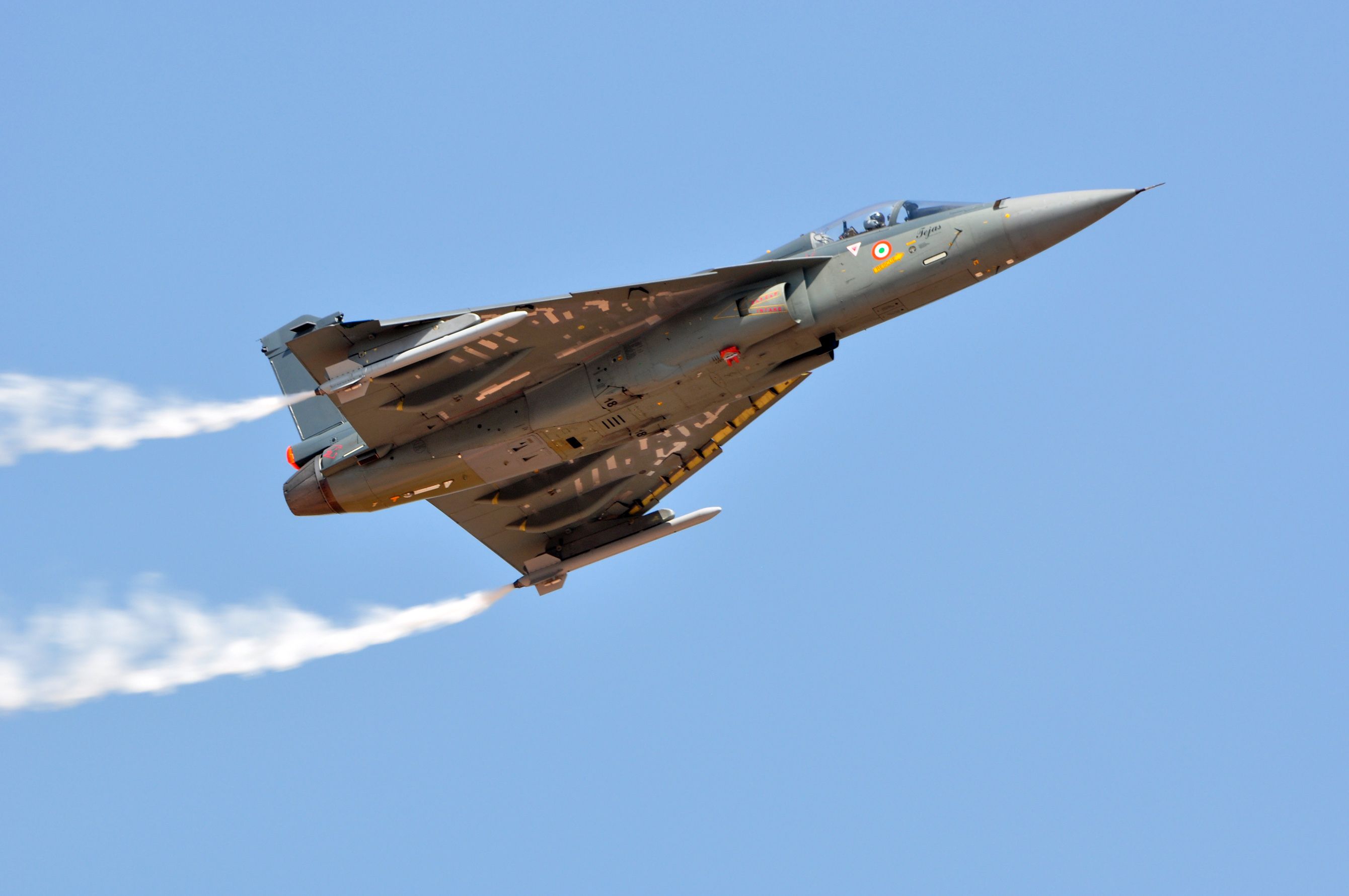Summary
- The Mirage 2000 and Tejas are two fighter aircraft used by the Indian Air Force (IAF).
- The Mirage 2000 is a 4th-generation multirole fighter, while the Tejas is a 4.5th-generation light combat aircraft.
- The Mirage 2000 has been in service since 1985 and has seen combat in various conflicts, including the Kargil War in 1999 and Operation Bandar in 2019.
- The Tejas Mk. 1 made its first operational deployment in 2020 along the Pakistan border.
The Indian Air Force (IAF) is currently transitioning from the French-made Dassault Mirage 2000 to the homegrown Hindustan Aeronautics Limited (HAL) Tejas (“Radiance”) Light Combat Aircraft (LCA). Simple Flying now examines how that transition is progressing.
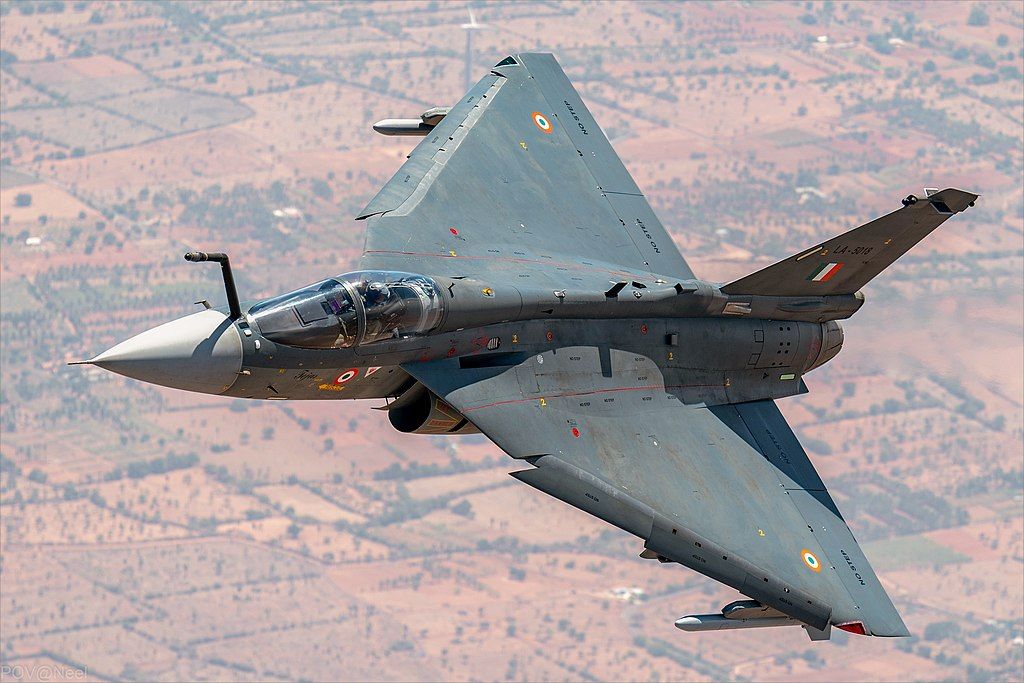
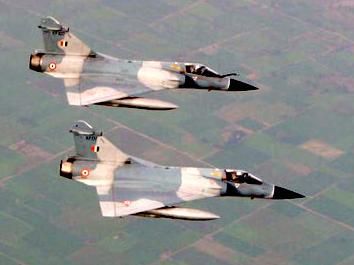
Head-to-head: Mirage 2000 and Tejas specifications
It pays to start with the basics by comparing the two warbirds vital stats:
|
Mirage |
Tejas |
|
|
Maiden Flight Year: |
1978 |
2001 |
|
IAF Debut Year: |
1985 |
2015 |
|
Fuselage Length: |
47 ft 1 in (14.36 m) |
43 ft 4 in (13.2 m) |
|
Wingspan: |
29 ft 11 in (9.13 m) |
26 ft 11 in (8.2 m) |
|
Height: |
17 ft 1 in (5.2 m) |
14 ft 5 in (4.4 m) |
|
Empty Weight: |
16,535 lb (7,500 kg) |
14,462 lb (6,560 kg) |
|
Max Takeoff Weight: |
37,479 lb (17,000 kg) |
29,762 lb (13,500 kg) |
|
Powerplant: |
1 × SNECMA M53-P2 afterburning turbofan engine, 64.3 kN (14,500 lbf) thrust dry, 95.1 kN (21,400 lbf) with afterburner |
1 × General Electric (GE) Aerospace F404-GE-IN20 afterburning turbofan with FADEC, 48.9 kN (11,000 lbf) thrust dry, 85 kN (19,000 lbf) with afterburner |
|
Max Airspeed: |
Mach 2.2 (1,452 mph; 2,336 km/h; 1,261 kn) |
Mach 1.8 (1,380 mph; 2,220 km/h; 1,200 kn) |
|
Combat Range: |
960 mi (1,550 km; 840 NM) |
459 mi (739 km; 399 NM) |
|
Service Ceiling: |
55,970 ft (17,060 m) |
50,000 ft (15,240 m) |
|
Armament: |
|
|
The Mirage 2000 isn’t the 21st-century design that the digital portion of its alphanumeric designation would suggest. The venerable plane is actually 46 years old. By contrast, the Tejas debuted right after the turn of this century, with a year lag until it finally attained operational status.
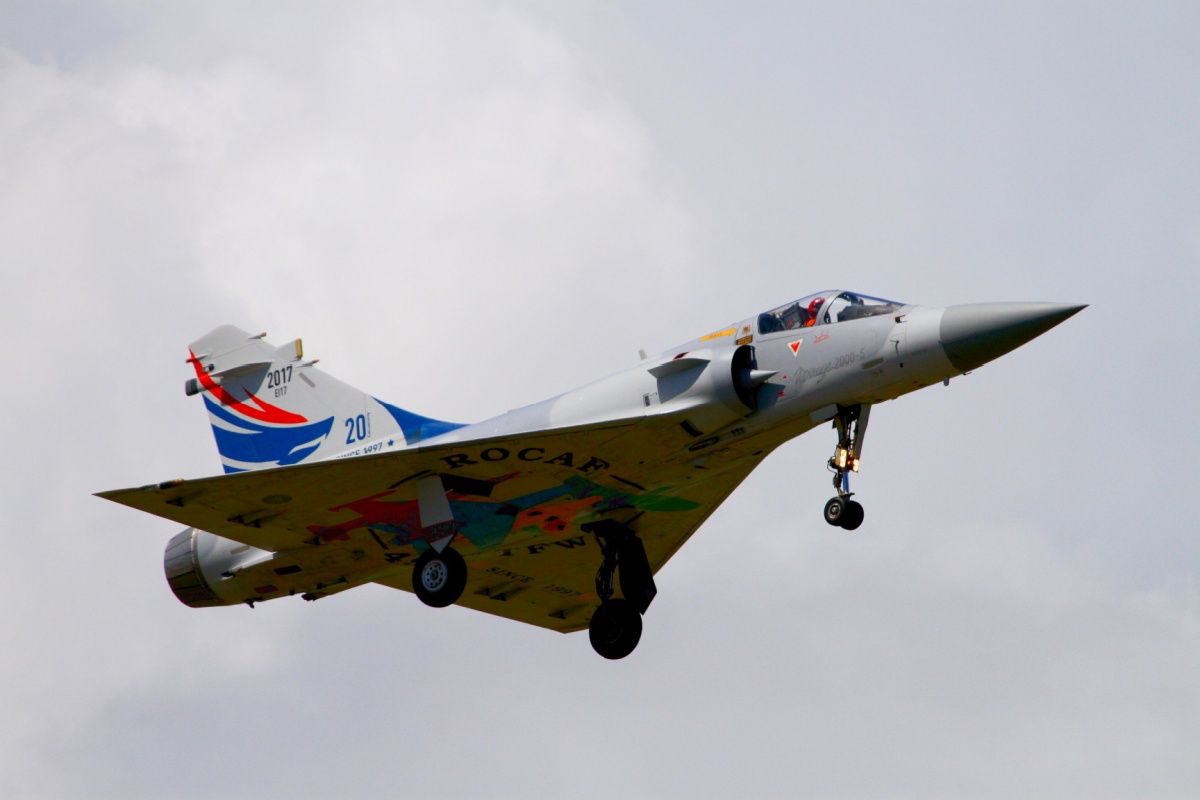
Related
Taiwan Deploys Mirage 2000 Fighter Jets As China Launches War Games
Taiwan launched its fighter jets in response to large Chinese military exercises around the island.
Operational history
The Mirage 2000 is far and away the more battle-tested of the two platforms. IAF first used the warbird in combat in June 1999 during the Kargil War AKA Operation Vijay (विजय, [“Victory”]) against Pakistan, using 1000-lb (453.59 kg) bombs fitted with improvised laser kits. Maj Gen Jagjit Singh assessed the planes’ performance as effective in a February 2019 article for India Defence Review.
The IAF also used the Mirage 2000 to good effect in Operation Bandar, which was a retaliatory mission conducted by India in response to the 2019 Pulwama terror attack. The warplane was chosen to bomb targets inside Pakistan.
By contrast, the Tejas have only been deployed operationally once, as far as I can ascertain. (If any of our dear readers know of any additional LCA ops, please let us know in the comments section). According to an August 2020 article in an Indian newspaper titled ThePrint, the first LCA Tejas squadron, 45 Squadron (Flying Daggers), based out of Sulur under the Southern Air Command, was deployed on the western front along the Pakistan border given the tensions with China on the Ladakh front. However, the article does not indicate whether the plane actually fired any shots (or dropped any bombs).
Status reports
According to the World Directory of Modern Military Aircraft (WDMMA), the IAF has 45 Mirages and 15 Tejas Mk 1s. Thus far, the IAF has ordered 123 Tejas Mk. 1 airframes and plans to purchase an additional 97.
The Tejas LCA is not considered a 5th-Generation fighter because it lacks stealth capability. Instead, it is considered a 4.5th-Generation fighter.
The Mirage 2000 is far from the only 4th Generation aircraft still widely used. For example, both the F-15 Eagle and F-16 Fighting Falcon designs are 50+ years old, and the MiG-29 dates back to 1977). However, the IAF Mirages have been beset by a dearth of spare parts. As Rahul Manohar Yelwe wrote in a March 2024 article for The Diplomat:
“The issue at hand is that the Mirage aircraft were not manufactured in India through licensed manufacturing, unlike other aircraft such as MiG 21 which were manufactured domestically in India. Despite being in service for almost six decades, the MiG 21 has not faced any issues related to spares as India has gained the necessary technology to manufacture the aircraft, and therefore spares, domestically. However, this is not the case with the Mirage aircraft, as they were acquired off the shelf in fly-away condition.”
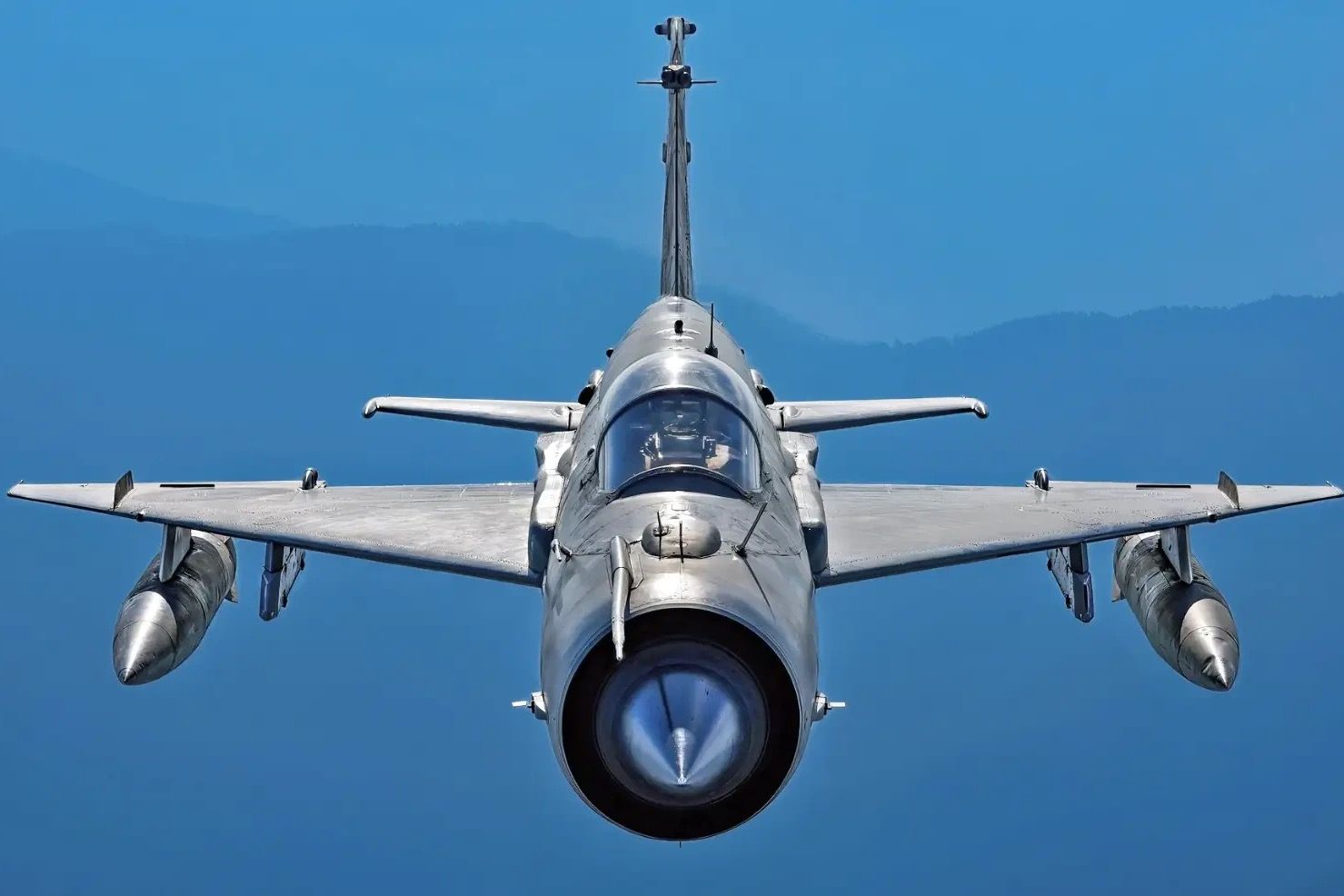
Related
India Set To Retire Its Mig-21 Fleet In 2025 After 60 Years & 400 Crashes
After half of the fleet crashing over the years, the last of India’s 40 MiG-21s are expected to retire in 2025.
As for the LCA, Mr Yelwe added:
“According to the IAF’s plan, the indigenous light combat aircraft Mark II will be the ideal replacement for the Mirage 2000 aircraft. However, delays in the development of the aircraft are causing the IAF to further extend the operation of Mirage 2000 beyond 2040, though earlier it was decided to retire the aircraft by 2030. ”
Fast-forward to June 2024, and one of Mr Yelwe’s colleagues on The Diplomat staff, Mr. Karan Sharma, notes some additional challenges with the Mirage-to-Tejas transition:
“While the Tejas is a significant step toward self-reliance, its classification as a light combat aircraft limits its ability to effectively replace medium combat aircraft like the Mirage-2000s and MiG-29s. The need for medium and heavy combat aircraft remains pressing.”
Photo: Joe Ravi | Shutterstock
“To address this, India has planned the Tejas Mark II, which is expected to enter production by 2028-29, and the ambitious Medium Multi-Role Combat Aircraft (MMRCA) project for the joint production of 112 combat aircraft with the cooperation of an international vendor. However, the MMRCA deal has seen little to no progress over the past decade, hampered by bureaucratic delays, successive revisions, and political factors. ”
Although India’s military ties with the United States of America are becoming ever more prominent – as exemplified in “The Quad” – in the wake of continued Chinese aggression, India has shown no qualms about acquiring Russian-made military technology. The MiG-29K “Fulcrum” jet fighter is a prime example. This has caused some friction between India and the US.
However, as the Tejas program shows, India certainly hasn’t put all of its proverbial eggs in the Russian basket for jet fighter technology.
With China’s continuing buildup of its 5th Generation Chengdu J-20 Wēilóng (威龙/”Mighty Dragon”; NATO reporting name “Fagin”) fleet, the IAF’s sense of urgency to modernize its own fighter fleet is being boosted exponentially.

